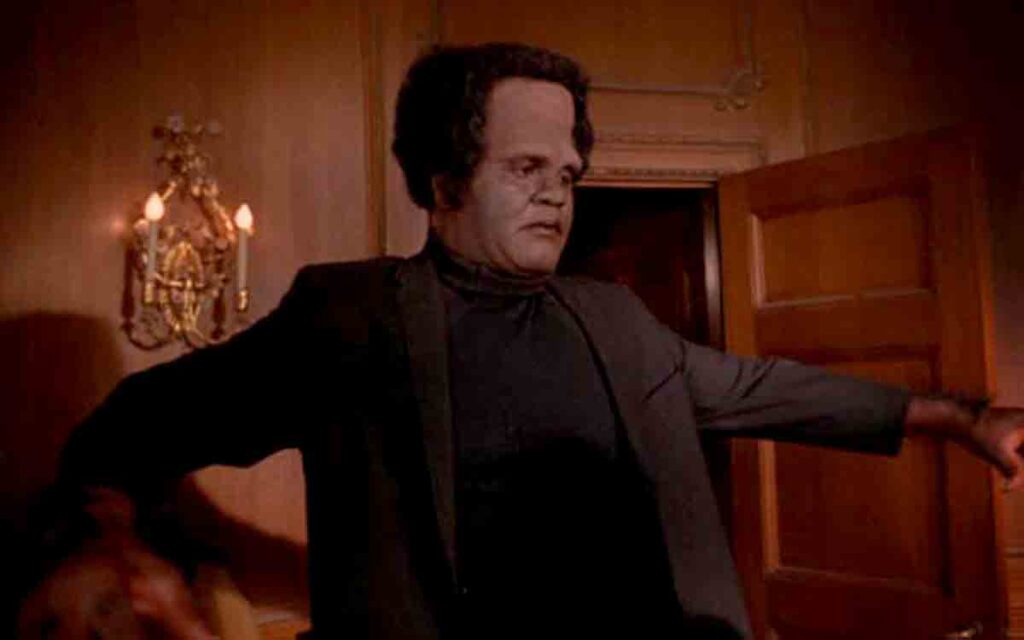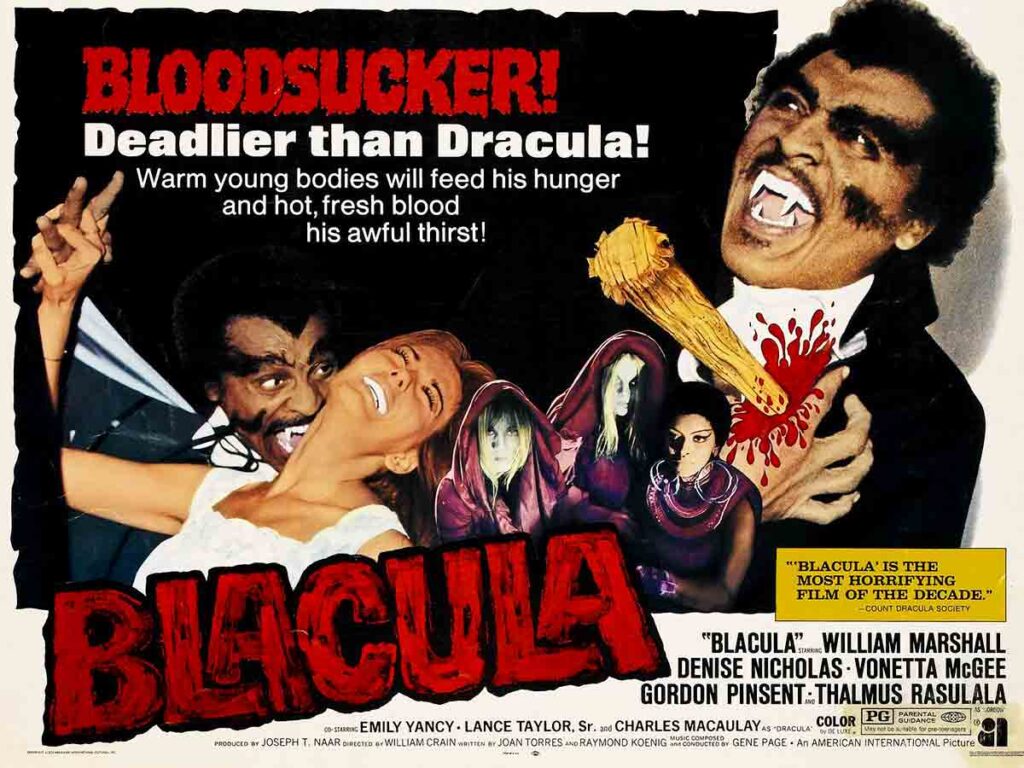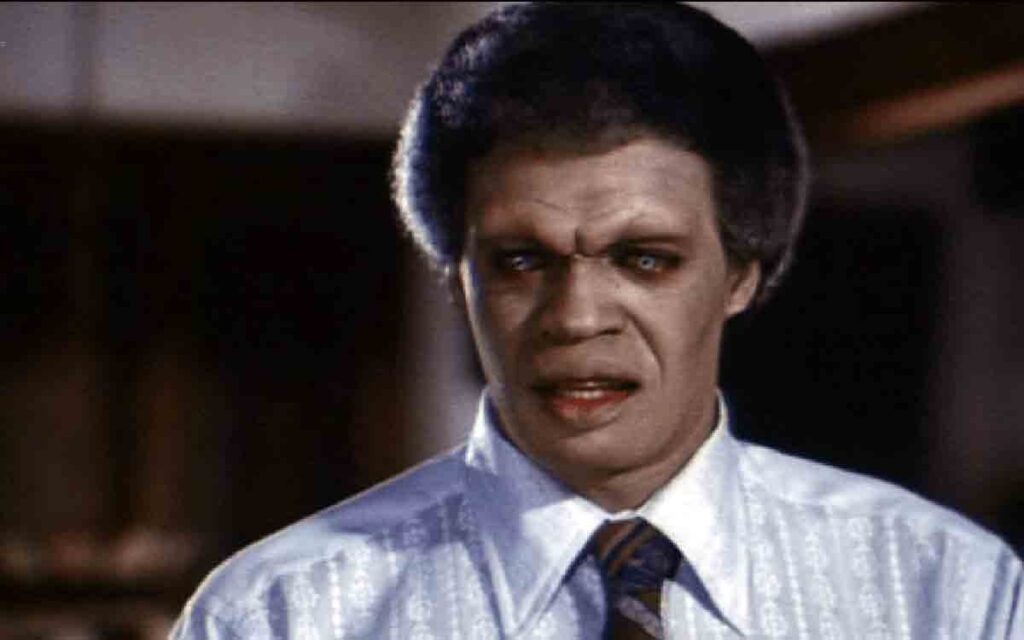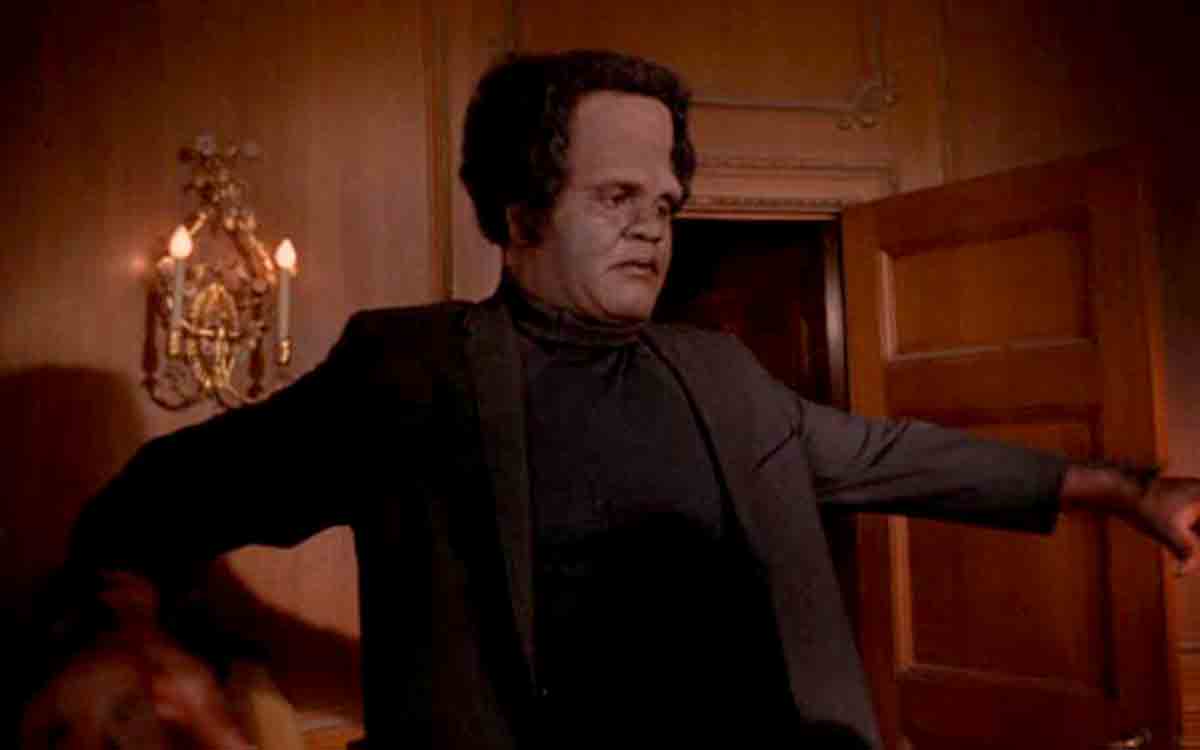British Gothic Horror gets funky with 1970s Blaxploitation. RICHARD PHILLIPS-JONES gets in the groove…

Something strange happened in horror films in the early 1970s, an unusual hybrid of the classic and contemporary which only produced a handful of films, but left an indelible mark on popular culture.
It started with the emergence of a boom in movies aimed at African-American audiences, which has latterly been dubbed Blaxploitation (a term which many of the form’s stars and film makers dislike). Kicked off by Sweet Sweetback’s Badass Song 1971, the likes of Shaft 1971, Coffy 1973 and Foxy Brown 1974 soon followed, all featuring strong black leads (male and female) against the white establishment in their own individual ways.
So far, so good. The question is, who on earth thought of combining the form with that most British of traditions, the Gothic Horror tale?
Enter Blaxploitation horror
Step forward Samuel Z. Arkoff and American International Pictures. Always quick to pick up on popular trends, they saw the potential in mixing the burgeoning Black Cinema boom with their successful horror movies. The key thing here was that, although most of AIP’s horror hits through the 1960’s had been in period settings, these would be resolutely comtemporary pictures.
First off was The Thing With Two Heads 1971, as a terminally ill racist (played by Ray Milland) found his head kept alive when it was grafted on to the body of black convict Rosey Grier. It was every bit as daft as it sounds, but its success did encourage AIP to throw something more traditional in the mix next time around.
Dracula meets Blacula
This is where our British Gothic greats enter the picture, as Bram Stoker was given a funky overhaul for 1972’s Blacula. Shakespearian actor William Marshall was African Prince Mamuwalde, turned into a vampire by Dracula himself, having dared to ask for his signature on a petition to abolish slavery! Fast forward many years, and Blacula turns up in 1970s San Francisco in pursuit of the reincarnation of his lost love, and finding himself knee deep in afros, flares and funky sounds.

Blacula was a big hit, so a sequel was a no-brainer. Scream Blacula Scream 1973 played down the jokey elements of the first film, making for a darker piece altogether. It also hinted at what a fine count William Marshall might have made in a straight adaptation, with Prince Malmuwalde revived by a voodoo practitioner with revenge on his mind.
Wherever AIP struck gold, others were quick to follow. Independent producer Frank R. Saletri was first off the block, plundering Mary Shelley for Blackenstein 1973. Sadly, the picture was let down by a miniscule budget and inept execution. Still, at least the creature’s hairdo was good for a giggle, an afro crossed with Elsa Lanchester’s barnet from Bride Of Frankenstein 1935.
Black horror films cash in at the box office
Much more fun for the right reasons was AIP’s Sugar Hill 1974. Almost an African-American redux of Plague Of The Zombies 1966 in this case Sugar (Marki Bey) used voodoo to summon up the undead, avenging the death of her nightclub boss boyfriend at the hands of mobster Robert Quarry and his cronies. Everyone involved had tongues firmly in cheek, and the result was a hoot.
AIP perhaps pushed their luck with Abby 1974, a blatant attempt to cash in on the success of The Exorcist 1973, so blatant that Warner Bros successfully sued to have the film withdrawn, but not before AIP had made a lot of money from it. Still, it would be the company’s last venture into the form.
It was left to rival outfit Dimension Pictures to sound the final death knell of the peculiar Blaxploitation sub-genre, adapting Robert Louis Stevenson’s tale of transformation into Dr Black, Mr Hyde 1976. This time, Bernie Casey was Dr Henry Pride, experimenting to regenerate dying liver cells, only to find that his formula turns him into an albino mutant killer, all of which leads to a climax with more than a passing resemblance to that of Horrors Of The Black Museum 1959.

This curious cycle was as short-lived as the black cinema boom which spawned it, but it was (mostly) a lot of fun. If you’re looking for an entertaining first course for a classic horror night, most of them are excellent choices, so dig out those velvet flares and that battery-operated mirror ball, and I’ll see you down at Sugar Hill’s place…
What’s your favourite Blaxploitation horror? Tell us in the comments section below!




Blackenstein was magnificent, I love that film a lot – it’s actually a lot better than the title suggests 🙂